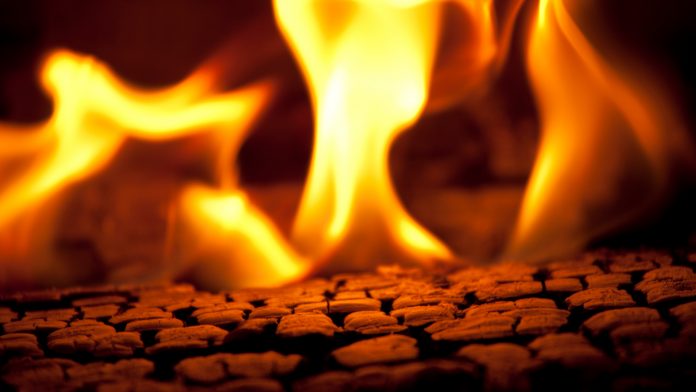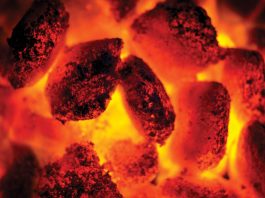A team of researchers has discovered that reactive halogen gases from domestic coal burning aggravates winter air pollution.
Halogen atoms (Cl and Br) strongly influence global atmospheric chemical composition. In the 1970s, scientists discovered that these atoms were responsible for depleting the ozone in the stratosphere and ground-level ozone of the Arctic. In the past decade, there is emerging recognition that halogen atoms also play important roles in tropospheric chemistry and air quality. However, the data on halogen atoms in continental regions is still incomplete.
Tao Wang, a chair professor at The Hong Kong Polytechnic University (HKPU), said: “In the troposphere, halogen atoms can kick start hydrocarbon oxidation that makes ozone, modify the oxidative capacity, perturb mercury recycling by oxidising elementary mercury (Hg0) to a highly toxic form (HgII). Moreover, Cl atoms can remove methane, a climate-forcing agent. Most of the previous studies in the continental regions focused on two Cl precursors, ClNO2 and Cl2. However, little is known on the abundance and the role of bromine compounds and other forms of photoliable halogens in the polluted continental troposphere.”
A team of researchers from HKPU, Fudan University, Research Center of Eco-Environmental Sciences of the Chinese Academy of Sciences, Shandong University and Shandong Jianzhu University, China, measured a suite of reactive halogen gases and other chemicals in winter 2017 at a polluted rural site in the Hebei province which frequently suffers from severe air pollution in winter. The data were analysed by the team in collaborations with scientists from Colorado State University in the US, Institute of Physical Chemistry Rocasolano of CSIC, Spain, and Univ Lyon, Université Claude Bernard Lyon 1, CNRS, IRCELYON, France.
The collaboration discovered high concentrations of bromine chloride (BrCl) and other reactive halogen gases. The maximum concentration of BrCl is ten times larger than the value previously measured in the Arctic.
By analysing their relationship with two tracers of coal burning (sulfur dioxide and selenium), the diurnal pattern of air pollutants, and villager’s energy use practice, the research team found strong evidence that rural coal burning was a major source of the detected reactive halogens.





